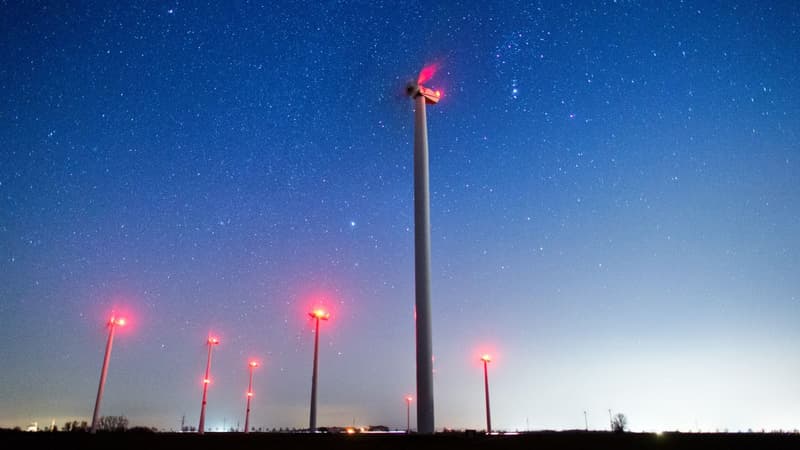Renewable energy accounted for more than half of electricity consumption in Germany this year for the first time, while the government plans to reach 80% by 2030, according to sector figures published on Monday.
The energy sources proposed ont “cover 52% of electricity consumption in 2023” in Germany, soit cinq de plus points que l’an dernier, a indicated in a communication from the BDEW, the organization that represents the industries of the branch.
Renewable electricity consumption was particularly high in July, with a rate of 59%, according to BDEW.
These figures were achieved, in particular, thanks to the increase in the production of renewable energy, which increased by 6% in one year.
In detail, onshore wind power recorded a “record” year with an increase of 13.4%, compensating for the significant drop in offshore wind production, which fell by 8.6%.
Coal falls but remains above average
Photovoltaics saw its production increase by 4.6%, even reaching a “historic” level in June, with 113.5 billion kilowatt hours.
The share of coal, which had increased last year in a context of interruption of Russian gas supplies to Germany due to the war in Ukraine, fell again in 2023, to 26%, compared to 31.6% in 2022 Germany, however, remains much more dependent on coal than the EU average (its share fell below 10% in the first half) and than countries that use nuclear energy (0.6% for coal in the French mix).
Germany also abandoned nuclear energy this year, closing its last three plants.
The German government has set a goal of reaching 80% renewable electricity consumption by 2030, unlocking billions of euros of investment for the green transition of its economy to these ends.
However, a court decision in November canceling a 60 billion euro fund could stop this development.
To achieve this, the coalition led by social democrat Olaf Scholz had to cut certain expenses, in particular aid for the development of photovoltaic energy.
Source: BFM TV


